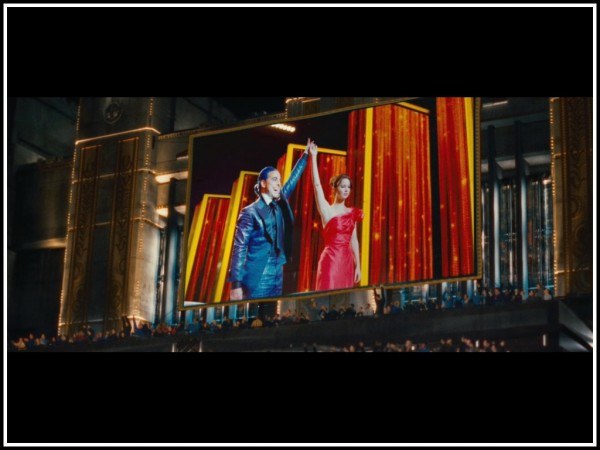Making Everyone Happy All At Once: Writing a Blockbuster
Note: This article originally appeared in Script Magazine here.
There’s a debate raging now about whether or not the actors who play the superheroes in hit franchises are worth as much as the brand. Would we accept Chris Pine as Tony Stark or is Robert Downey, Jr. the only actor who can pull off Iron Man? Mark Ruffalo was great as Bruce Banner in The Avengers, but did we pay to see the co-star of You Can Count on Me or did we pay to see THE HULK smash things in all his 3-D CGI glory?
No one needs the answer to these questions right now more than Disney and Marvel, as they negotiate the star salaries for the cast of The Avengers 2. Both companies are said to be notoriously cheap, but, of course, I’m not going to lose sleep over the question of paying their actors a 6, 7, or 8 figure sum. Sure, performances are key and epic set pieces are crucial, but I think it’s more about the CHARACTER and THE STORY when it comes to defining a brand or movie franchise, both of which you can create for free. To begin with, your story has to be fresh yet mythical, specific but universal, and we really have to care about your hero.
There are several other common characteristics shared by most Hollywood summer blockbusters, but perhaps the most important is the protagonist, our hero that we must identify with and root for. If they don’t have enough motivation (Green Lantern), if it’s too easy for them to defeat the villain (Superman if the villain has no kryptonite), or their world view is too bleak (Denzel Washington in Flight), we’re not on board their hero train. This is why it’s key to use a Redemption Arc and a Universal Theme in your screenplay if you aspire to someday write a popcorn blockbuster. Let’s look at some recent hit movies as examples…
IRON MAN 3 (SLIGHT SPOILERS)
Since Tony Stark is a technical genius who is all but invincible in his Iron Man armor, the key to escalating conflict and raising the stakes is to make him face a more powerful foe who forces him out of the armor. But that’s not enough to make us care about him. Tony must also make a personal mistake that threatens the lives of his loved ones, most notably Pepper Potts, the love interest. This sets up the need for him to redeem himself, which is crucial to a character that is defined as a reckless playboy. In fact, this character construction for an action hero pretty much guarantees a built-in redemption arc.
Thematically, the Iron Man franchise is a hit with worldwide audiences because it is about identity and personal responsibility. Is Tony Stark Iron Man or vice versa? Is there only one Iron Man or can Iron Patriot replace him? Does Tony have an obligation to protect others if his own loved ones are in danger?
THE HUNGER GAMES
In Act One, Katniss Everdeen volunteers for certain death to save her little sister. Right away, we’re rooting for her because we know she’s a good person and she has a strong motivation to win – she must get home to take care of her sister. She also leaves behind an incompetent mother and a dreamy boyfriend. Things get even more complicated when she learns that her teammate, whom she must kill to win the competition, is in love with her, even though Katniss does not return his feelings. During the Hunger Games, he saves her life and then she returns the favor, but, still, he’s the one thing that’s standing in the way of her getting home. Her arc is speeding to an impossible decision.
Has she redeemed herself enough to justify taking his life so she can get back home? Her emotional struggle is interwoven into the greater theme of freedom versus oppression. For better or worse, fighting for freedom in a brutal class war is a universal theme that will “play” all over the world.
INCEPTION
Inception is also a story of redemption, of a man who struggles, literally and figuratively, to get home. The story is anchored by a focused, core throughline – Cobb must complete the mission to get Saito to make the call that will reunite Cobb with his children – this allows us to follow the story without the truckloads of exposition getting in the way.
But that’s merely the external (action) line. What truly makes Inception rise above the heap is the expert interweaving of the internal line, Cobb’s troubled past with his wife, Mal, shown in several flashbacks. The revelations in Cobb’s internal line are parsed out piece by piece, until they fully integrate with the external line for the final act, when Cobb must defeat Mal to achieve his internal goal of inner peace if he is to achieve his external goal of reuniting with his children.
Although so much of the action in the story takes place inside the mind, Nolan makes the internal line more “active” and “shown” by physicalizing Cobb’s emotional conflict into confrontations with Mal. Cobb’s struggle to assuage his guilt and let go of the past is one that we can all relate to, and we’ve all had lucid dreams, so it’s not hard to see why Inception was relevant to modern audiences.
I reveal many more secrets to writing a Summer Blockbuster in my Writers’ Store Webinar , currently archived and available for purchase for $79.99.
Good Luck and Happy Writing!
Dan Calvisi






Leave a Reply
Want to join the discussion?Feel free to contribute!